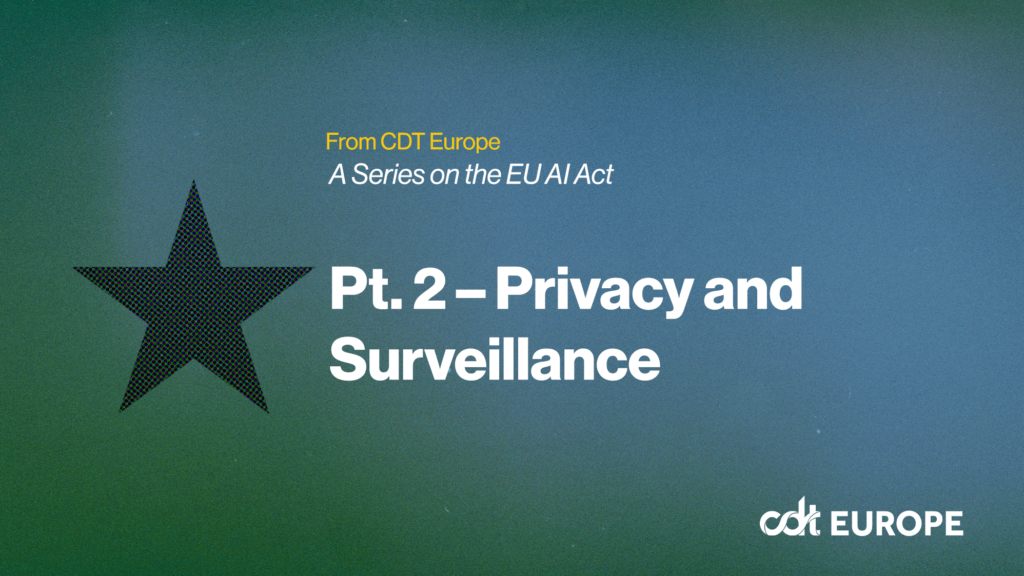Cybersecurity & Standards, Government Surveillance
International Law and Secret Surveillance: State Monitoring of Telephone and Internet Activity
In the year that has followed Edward Snowden’s first disclosures concerning secret US and UK surveillance practices, many governments, human-rights groups, and UN bodies have debated—and at times disagreed sharply—about whether the Internet and telephone surveillance practices that governments employ today are consistent with international law. With a view to informing these discussions, this report briefly summarizes the current state of international law as it applies to the secret surveillance of communications.
Many commentators divide international law into two categories: “hard law,” which is binding upon at least some states, and “soft law,” which includes nonbinding materials such as UN General Assembly resolutions. In order to facilitate a greater degree of understanding and consensus, this report is restricted to major international sources of “hard law.”
The report describes two distinct bodies of law: customary international law (specifically, the principle of territorial and political integrity) and international human-rights law. As explained below, these two bodies of law exist independently of one another, meaning that a surveillance practice that does not violate human-rights law may still violate customary international law, and vice versa. The report does not address the special legal regimes that apply during situations of armed conflict.
Where international human-rights law is concerned, the report focuses on the right to privacy, freedom of expression, and the right to a remedy, and provides a summary of the applicable case-law of the European Court of Human Rights and Inter-American Court of Human Rights. In this respect, the report is intended to serve as a basic reference work for scholars, practitioners, and activists.
Although the applicability of the relevant laws and norms to the United States is described in some detail, the discussion below is relevant to all states’ surveillance practices.


